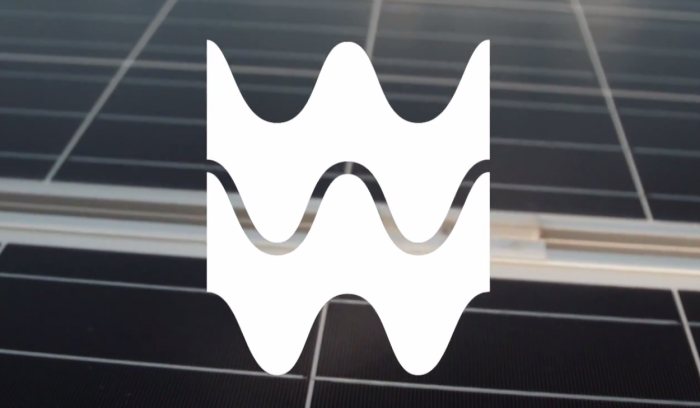
Welsh Water Running On 100% Green Energy
Welsh Water has signed a deal with Dong Energy to ensure all its power is from green sources and secured funds to boost its own renewables-based energy production
The not-for-profit utility, which serves 3 million people, had already been working hard on integrating renewables into its operations. According to the company, in 2015 it generated around 4 million kWh of electricity from solar power, 45 million kWh from hydro and 50 million kWh from “poo power” – electricity generated from sewage sludge, which is also re-used to improve soil on farmland.
Part of a £250 million loan facility with the European Investment Bank will go towards further developing renewable energy generation capacity at its sites. Among the projects being undertaken is the transformation of Five Fords wastewater treatment works in Wrexham, which will become an energy park.
Five Fords is the biggest wastewater energy user in North Wales. Incorporating solar power and hydro, it’s also the UK’s first project to supply bio-methane gas to the national gas distribution network.
Along with additional solar, an advanced anaerobic digestion plant that will generate enough energy to supply around 3,000 homes is being developed at Five Fords. With all sources combined, Five Fords will generate energy equivalent to that used by 5,000 homes.
Welsh Water already self-generates 20% of its energy across its operations through renewables and the EIB cash will help boost that to 30% by 2019.
Combined with the renewables-based mains grid energy, the company is now running a very green operation according to Welsh Water’s Steve Wilson.
“By incorporating these sources with the green energy we now receive from Dong, we really are able to make a meaningful contribution to protecting our environment from the effects of climate change.”
Welsh Water is the 4th largest company in Wales. Its assets include 26,500 km of water mains, more than 30,000 km of sewers and 838 sewage treatment works.
Some wastewater treatment plants in Australia have also integrated renewables as local councils increasingly embrace solar energy to slash electricity costs and lighten their carbon footprint.
Among these projects are a 100kW ground-mounted system at a plant in Bathurst that we mentioned recently, an installation in Ballina and a floating solar panel array at Jamestown in South Australia, which was also the first floating solar plant in the nation. Tamworth Regional Council is also considering solar for its Westdale Wastewater Treatment Plant.

 RSS - Posts
RSS - Posts



Speak Your Mind